Hello Everyone, Wild dogs, often known as African wild dogs or painted wolves, are captivating creatures that roam the untamed landscapes of Africa. With their distinctive mottled coats and strong pack bonds, these remarkable animals are much more than their name suggests. In this article, we’ll dive into the fascinating world of wild dogs, exploring their social dynamics, hunting prowess, and their vital role in maintaining the delicate balance of their ecosystems. Get ready to embark on a thrilling journey into the lives of these extraordinary predators.
30 Wild Dogs With Species & Images
African Wild Dog (Lycaon pictus):
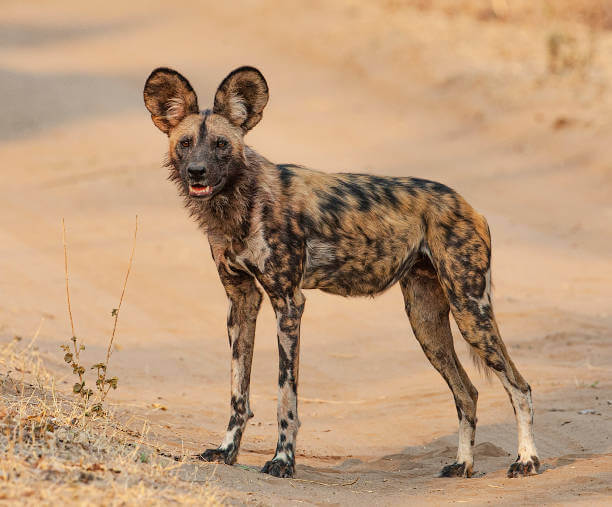
The African wild dog, scientifically known as Lycaon pictus, is a striking canid native to sub-Saharan Africa. These dogs are recognized for their mottled, colorful coats and their pack-oriented social structure. African wild dogs are highly coordinated hunters, relying on teamwork to pursue and capture prey. They are known for their incredible stamina, which allows them to chase prey over long distances. Unfortunately, African wild dog populations are threatened due to habitat loss and conflict with human activities, making conservation efforts crucial to their survival.
Indian Wild Dog (Cuon alpinus):
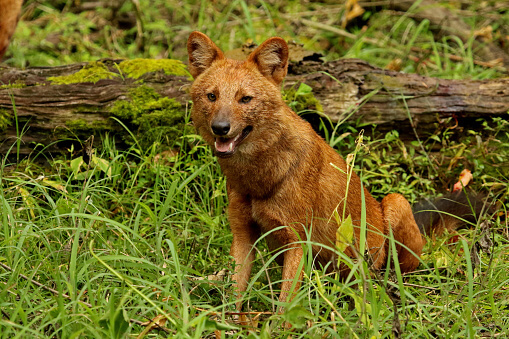
The Indian wild dog, also known as the dhole, is a highly adaptable canid species found in the Indian subcontinent and Southeast Asia. Cuon alpinus is known for its distinctive reddish-brown coat and social nature. Dholes are cooperative hunters, often hunting in packs and using their excellent communication skills to coordinate attacks on prey. They are skilled predators, preying on various mammals, and are an essential part of the ecosystems they inhabit. However, like many wild dog species, dhole populations are under threat from habitat loss and human encroachment, highlighting the need for conservation measures to protect these fascinating canids.
Gray Wolf (Canis lupus):
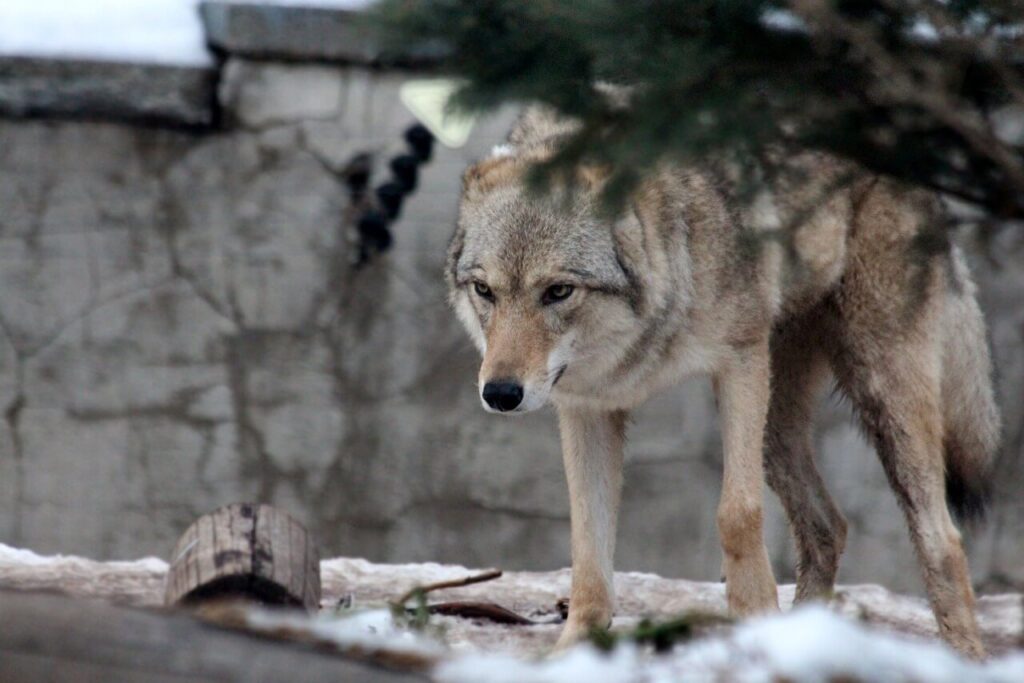
The gray wolf, scientifically known as Canis lupus, is one of the most widely recognized and ecologically important canid species in the world. These majestic predators inhabit various regions across North America, Eurasia, and parts of Africa. Gray wolves are known for their complex social structures, typically living in packs led by an alpha pair. They are apex predators, playing a vital role in maintaining ecosystem balance by controlling prey populations like deer and elk. Unfortunately, gray wolves have faced extensive persecution over the years due to conflicts with human activities and livestock depredation, but conservation efforts have helped some populations recover.
Coyote (Canis latrans):
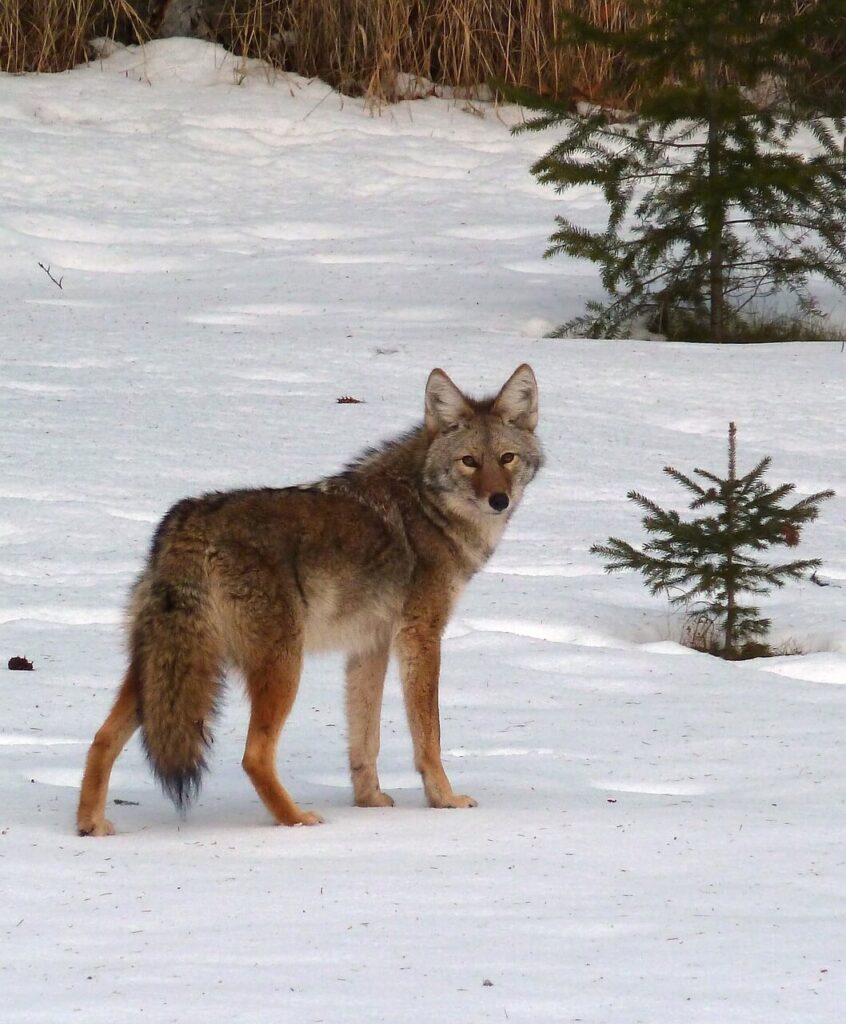
The coyote, Canis latrans, is a highly adaptable canid found predominantly in North and Central America. These canids have become remarkably successful in human-altered landscapes and are often spotted near urban and suburban areas. Coyotes are opportunistic feeders and have a diverse diet, including small mammals, birds, fruits, and carrion. They are known for their cunning behavior and are skilled at avoiding human detection. Although they are often considered a nuisance in some areas due to their livestock predation and urban presence, coyotes play an essential role in controlling rodent populations and helping to maintain ecosystem health.
Ethiopian Wolf (Canis simensis):
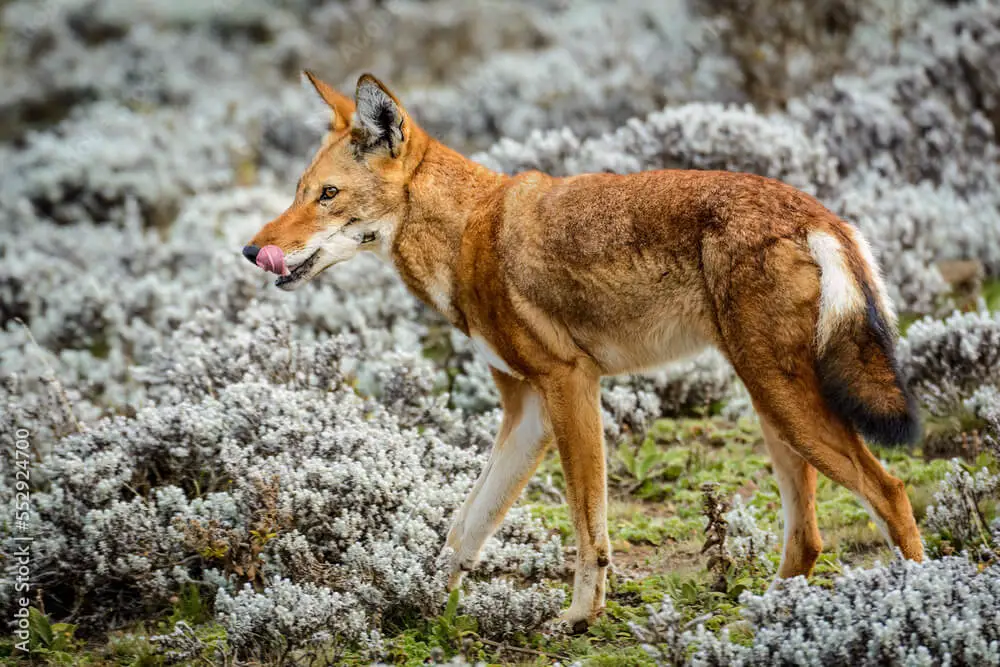
The Ethiopian wolf, Canis simensis, is a critically endangered canid species that is endemic to the Ethiopian highlands. These striking canids are known for their reddish coats and distinctive long legs. They primarily feed on small mammals, particularly rodents, and live in high-altitude regions where they have adapted to the harsh, cold conditions. With their limited range and small population size, Ethiopian wolves face significant threats from habitat loss, disease, and human encroachment. Conservation efforts are crucial to ensuring the survival of this unique and endangered species.
Red Fox (Vulpes vulpes):
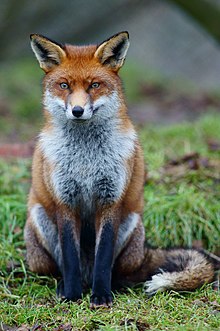
The red fox, scientifically known as Vulpes vulpes, is one of the most widespread and adaptable members of the canid family. These foxes are known for their striking reddish-orange fur and white-tipped tail, making them easily recognizable. Red foxes are found in North America, Europe, and Asia and have adapted to a wide range of environments, from forests and grasslands to urban areas. They are opportunistic omnivores, with their diet including small mammals, birds, insects, fruits, and even scavenged food. Red foxes are solitary creatures and are known for their intelligence and resourcefulness.
Arctic Fox (Vulpes lagopus):
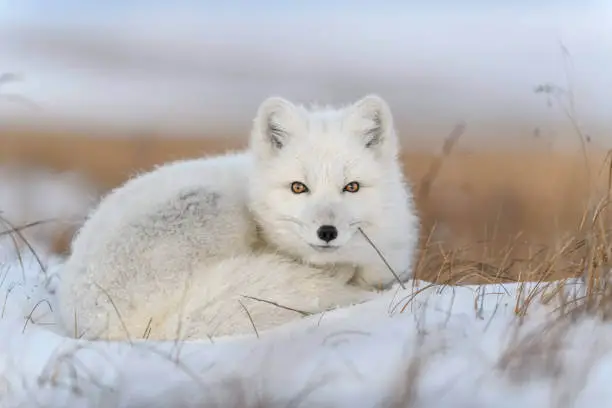
The Arctic fox, or Vulpes lagopus, is an incredibly adapted canid species found in the Arctic regions of North America, Europe, and Asia. These foxes have a unique ability to thrive in some of the harshest environments on Earth. Their thick, fluffy fur provides excellent insulation against extreme cold, and they change the color of their coat with the seasons, sporting a white winter coat and a brownish-gray summer coat. Arctic foxes primarily feed on small mammals, birds, and fish, and they are known for their exceptional digging skills to locate prey beneath the snow. Their ability to survive in the Arctic’s freezing conditions is a testament to their resilience.
Fennec Fox (Vulpes zerda):

The fennec fox, or Vulpes zerda, is a small desert-dwelling canid found in North Africa, primarily in the Sahara Desert. These foxes are known for their distinctive large ears, which help dissipate heat and regulate their body temperature in the scorching desert environment. Fennec foxes are nocturnal and are well-adapted to life in arid regions. They primarily feed on insects, small rodents, and plant matter, making them omnivores. Their small size and unique adaptations to desert life make them fascinating and adorable creatures of the North African desert.
Maned Wolf (Chrysocyon brachyurus):
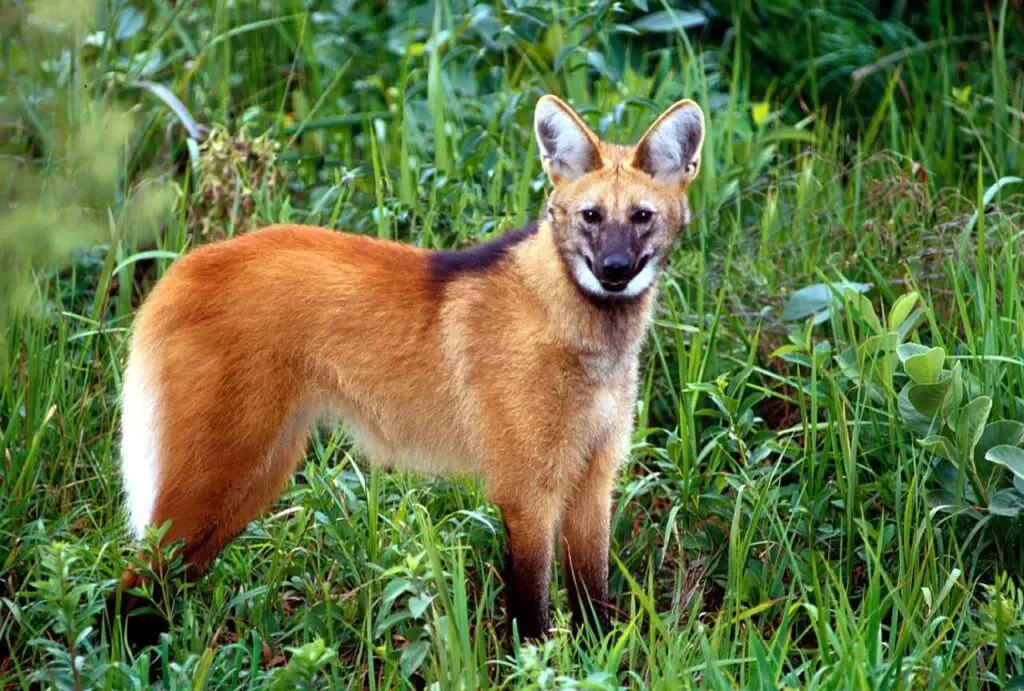
The maned wolf, scientifically known as Chrysocyon brachyurus, is a striking canid species native to South America, mainly found in Brazil. These wolves are known for their unique appearance, resembling a fox with long legs and a beautiful red coat. Despite their name, they are not true wolves and are more closely related to foxes. Maned wolves are primarily herbivorous, with their diet consisting of fruits, vegetables, and small mammals. They are solitary animals and are known for their distinctive vocalizations, including a haunting “roar-bark.” Due to habitat loss and human activity, maned wolves are listed as a near-threatened species, emphasizing the importance of conservation efforts to protect them.
Tasmanian Devil (Sarcophilus harrisii):
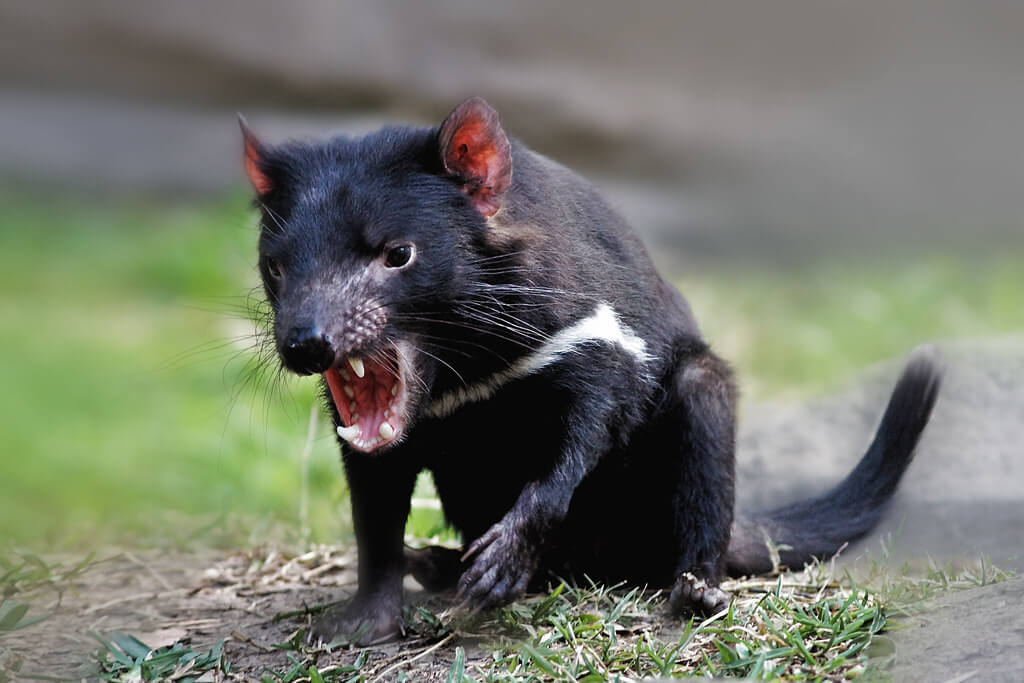
The Tasmanian devil, Sarcophilus harrisii, is a carnivorous marsupial found exclusively in Tasmania, Australia. These unique creatures are known for their stocky build, black fur, and powerful jaws. Despite their somewhat intimidating appearance, they are not true dogs but marsupials. Tasmanian devils are scavengers and opportunistic hunters, feeding on a wide range of prey, including carrion, birds, and small mammals. Unfortunately, they face significant threats from a contagious cancer known as Devil Facial Tumor Disease (DFTD), which has had devastating effects on their populations. Conservation efforts are underway to combat this disease and protect the Tasmanian devil from extinction.
Bat-Eared Fox (Otocyon megalotis):
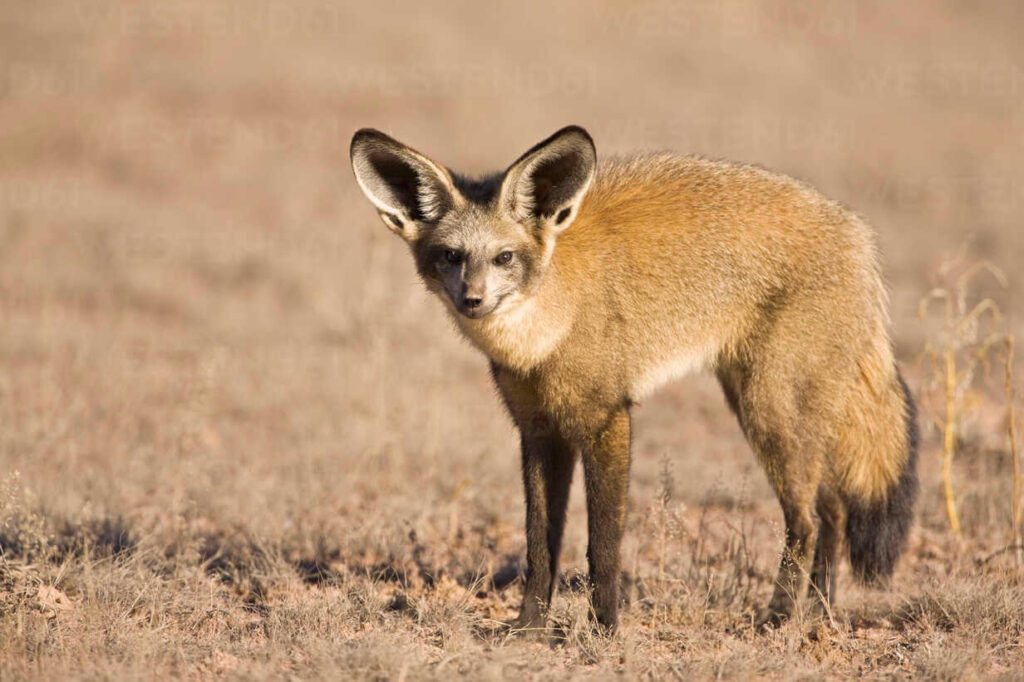
The bat-eared fox, or Otocyon megalotis, is a small canid species found primarily in parts of Africa, including the savannas and grasslands. These foxes are known for their unusually large ears, which are adapted to help regulate their body temperature and detect insects, a major part of their diet. Bat-eared foxes are primarily insectivores, specializing in feeding on termites and other small invertebrates. They are highly social animals and often live in family groups. Their unique dietary habits and appearance make them a distinctive member of the canid family, and they play an essential role in controlling insect populations in their ecosystems.
Aardwolf (Proteles cristata):
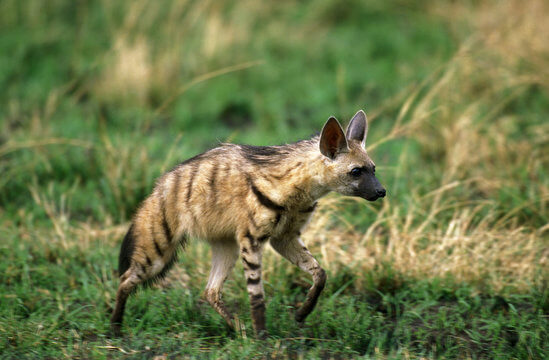
The aardwolf, scientifically known as Proteles cristata, is a unique member of the hyena family and is found in eastern and southern Africa. Unlike its larger and more well-known hyena relatives, the aardwolf is relatively small and primarily feeds on termites. They have specialized tongue adaptations that allow them to lap up large quantities of termites quickly. Aardwolves are mostly solitary animals and are known for their shy and nocturnal nature. Their cryptic appearance and specialized diet make them a fascinating and lesser-known carnivore of the African savannas.
Bush Dog (Speothos venaticus):
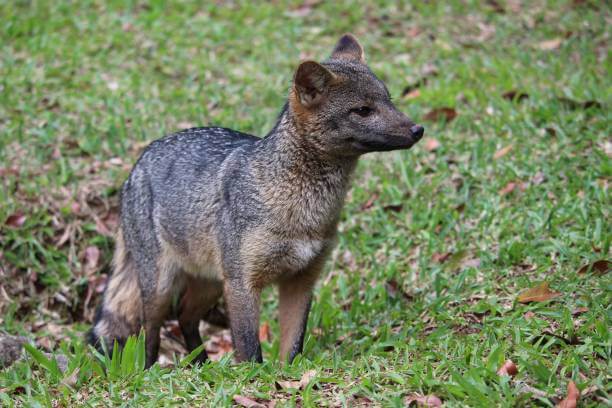
The bush dog, or Speothos venaticus, is a small canid species native to Central and South America. These canids are unique in their appearance, resembling a cross between a dog and a weasel. Bush dogs are highly social and live in packs, which is uncommon among the smaller canid species. They primarily hunt small mammals and have webbed feet that aid them in navigating their wetland habitats. Due to their elusive nature and remote habitats, bush dogs are not well-studied, making them one of the lesser-known canid species in the Americas.
Maned Rat (Lophiomys imhausi):
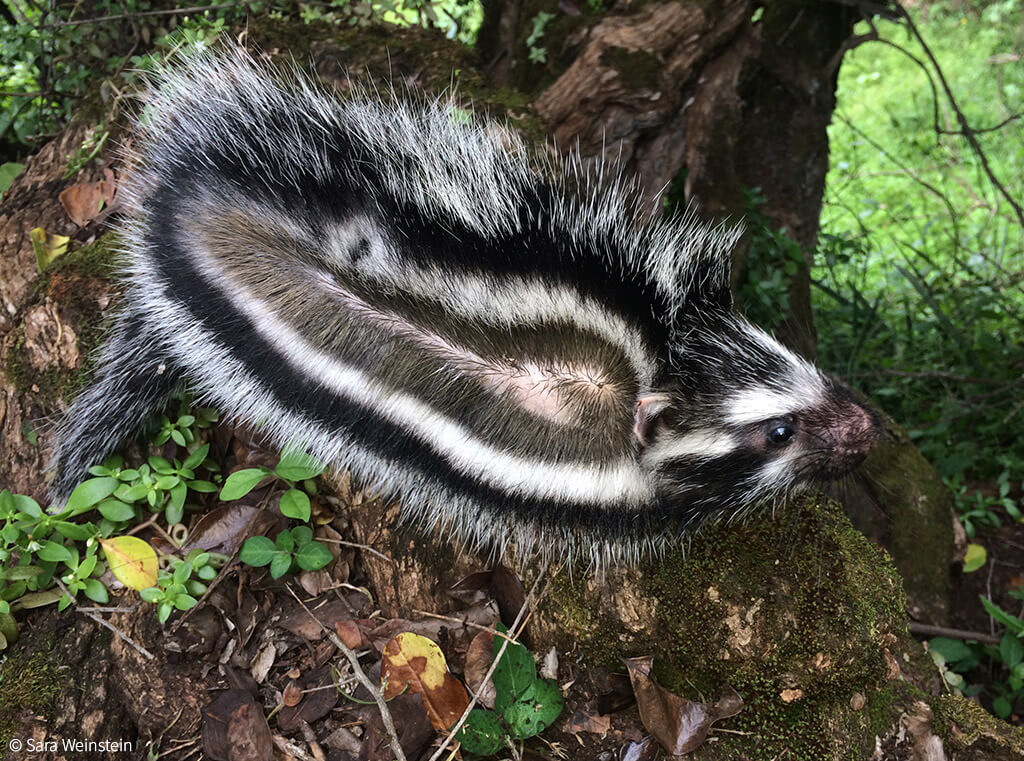
The maned rat, or Lophiomys imhausi, is a truly unique rodent found in parts of East Africa. Although not a canid, it is often called a “maned rat” due to its striking appearance. These rodents are large, nocturnal, and have a distinctive mane of coarse, bristly fur along their backs. They primarily feed on plant material, including bark and leaves, and are known for their slow and deliberate movements. Maned rats are elusive and not well-documented in the wild, making them a mysterious and rarely seen species in the rodent family.
Dhole (Cuon alpinus):
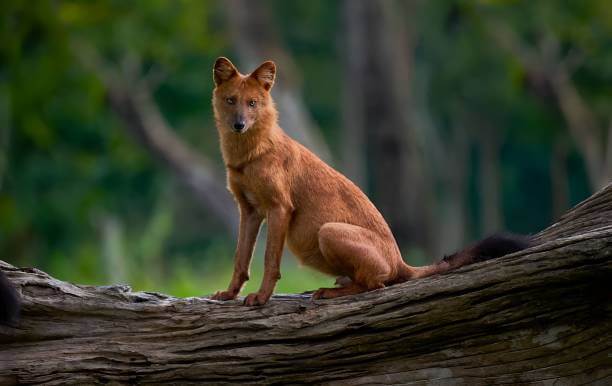
The dhole, scientifically known as Cuon alpinus, is a distinctive wild dog species found in parts of Asia, including India, Southeast Asia, and Russia. Dholes have a striking appearance with reddish-brown fur and rounded ears. They are unique in their social structure, living in large packs, and are known for their synchronized hunting strategies. Dholes primarily prey on medium-sized ungulates like deer and wild boar, making them important predators in their ecosystems. Despite their adaptability and hunting prowess, dhole populations are declining due to habitat loss and human encroachment, highlighting the need for conservation efforts to protect these rare canids.
Raccoon Dog (Nyctereutes procyonoides):
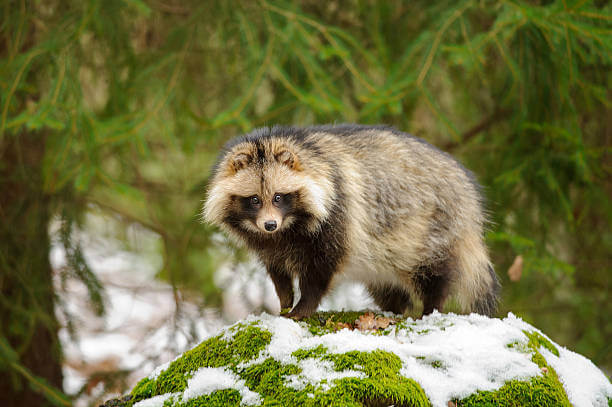
The raccoon dog, Nyctereutes procyonoides, is a canid species native to East Asia but has also been introduced to parts of Europe. Despite its name, it is not closely related to raccoons but gets its name due to its facial markings, which resemble those of raccoons. These canids have a distinctive appearance with thick fur, a bushy tail, and facial mask-like markings. Raccoon dogs are omnivorous, with their diet including a wide range of items such as fruits, insects, small mammals, and even carrion. They are known for their hibernation-like state during cold winters. The raccoon dog’s introduction to some European regions has raised concerns about its impact on local ecosystems.
Pampas Fox (Lycalopex gymnocercus):
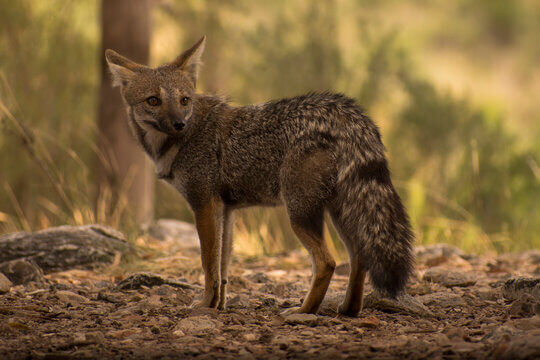
The pampas fox, scientifically known as Lycalopex gymnocercus, is a small canid species found in South America, particularly in the grasslands and pampas of Argentina, Brazil, and Uruguay. These foxes have a unique appearance with reddish-brown fur and large ears. They are highly adaptable and have successfully adapted to living in human-altered landscapes. Pampas foxes are primarily omnivorous, feeding on a diet of small mammals, birds, insects, and plant material. Due to their ability to thrive in diverse environments, they have maintained stable populations in many regions of South America, even in areas heavily impacted by agriculture and urbanization.
Short-Eared Dog (Atelocynus microtis):
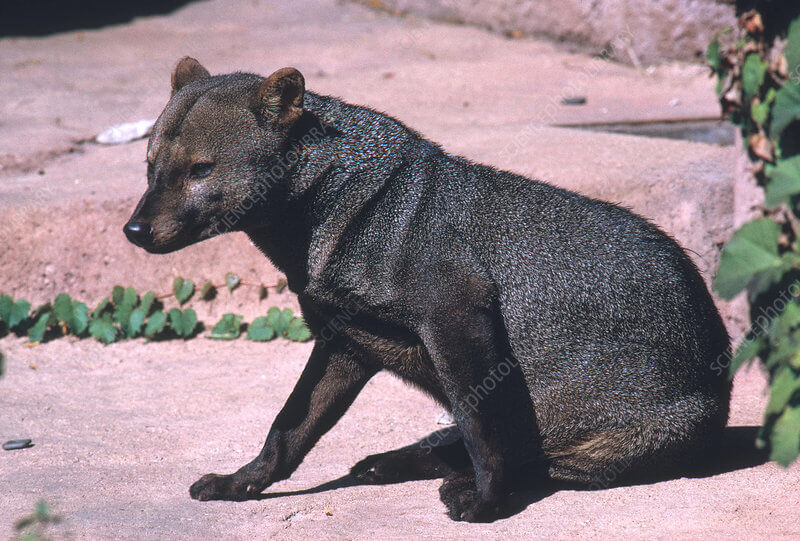
The short-eared dog, scientifically known as Atelocynus microtis, is a lesser-known and rarely seen canid species native to the Amazon rainforest in South America. They are known for their distinctive short ears and reddish-brown fur. These dogs are excellent swimmers and are often found near water bodies. They have adapted to a semi-aquatic lifestyle and primarily feed on fish, small mammals, and birds. Short-eared dogs are solitary animals, making them elusive and challenging to study in the wild. Their secretive nature and limited range in the Amazon basin make them one of the most mysterious canid species.
African Golden Wolf (Canis anthus):
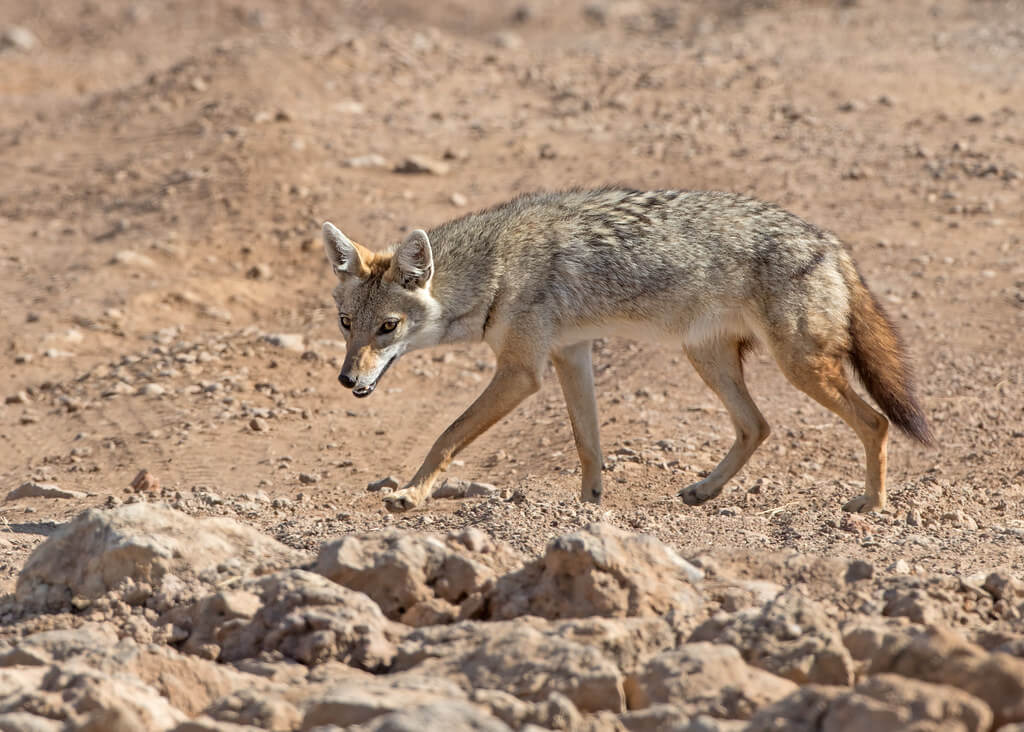
The African golden wolf, scientifically known as Canis anthus, is a fascinating canid species found in various regions of Africa, including North and East Africa. These wolves have a striking golden or reddish-brown coat and are known for their adaptability to diverse habitats, from deserts to grasslands. They have a varied diet, which includes small mammals, birds, insects, and even fruit. African golden wolves exhibit solitary and pair-bonding social structures, depending on the availability of resources in their environment. They play a vital role in controlling rodent populations and are considered a keystone species in some ecosystems.
Island Fox (Urocyon littoralis):
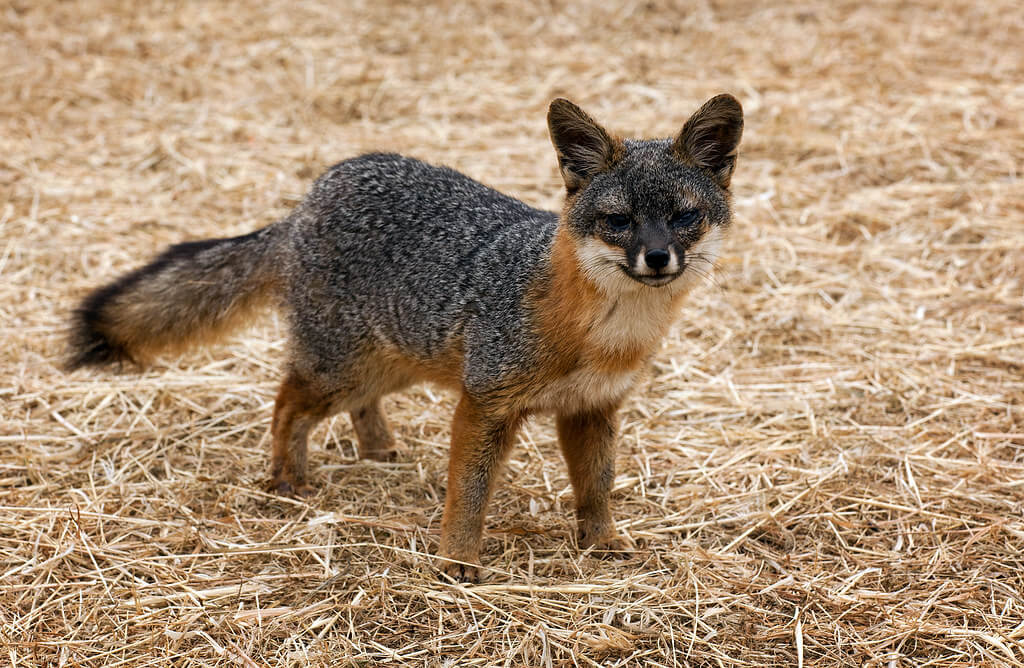
The island fox, Urocyon littoralis, is a unique canid species native to the Channel Islands of California, USA. It is among the smallest fox species in the world. Island foxes are known for their adaptability to island life and have evolved into distinct subspecies on each of the Channel Islands. They primarily feed on small mammals, birds, insects, and fruits. Due to their isolation and limited range, island foxes faced significant threats from predation by introduced species and disease. However, through successful conservation efforts, including captive breeding and reintroduction programs, these foxes have made a remarkable recovery.
Corsac Fox (Vulpes corsac):
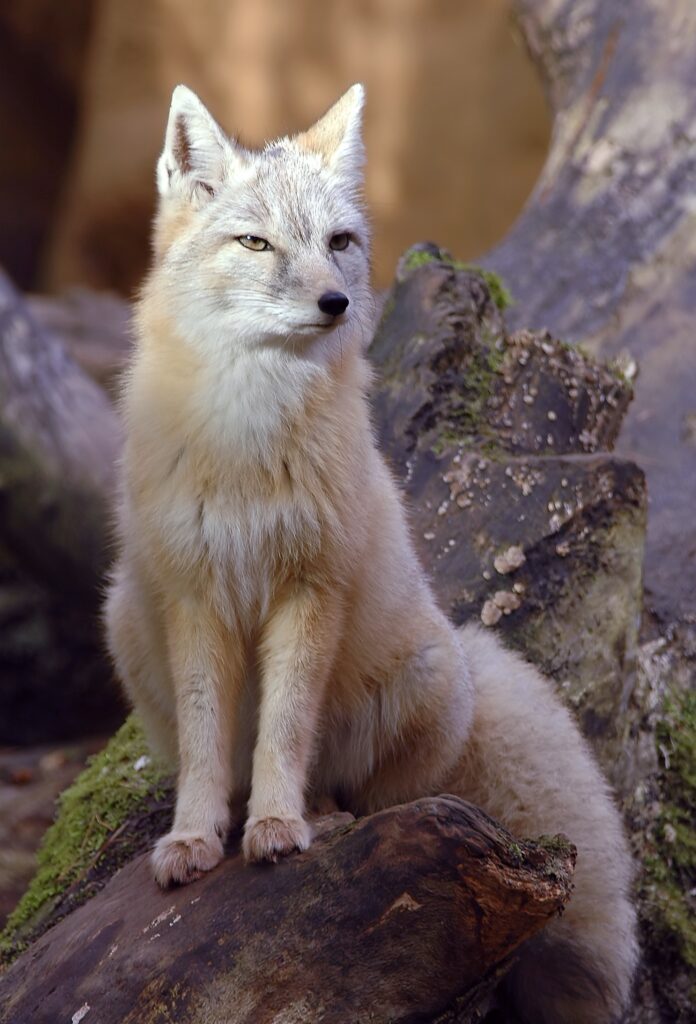
The corsac fox, scientifically known as Vulpes corsac, is a small canid species found in the steppes and deserts of Central Asia and parts of Eastern Europe. These foxes have a distinctive pale gray to sandy fur coat, adapted to blend in with their arid surroundings. Corsac foxes are solitary animals and are primarily nocturnal, hunting small mammals, birds, and insects. They are known for their burrowing behavior and often dig extensive underground dens to escape extreme temperatures. Corsac foxes are an important part of their ecosystems, helping to control rodent populations in their habitat.
Rüppell’s Fox (Vulpes rueppelli):
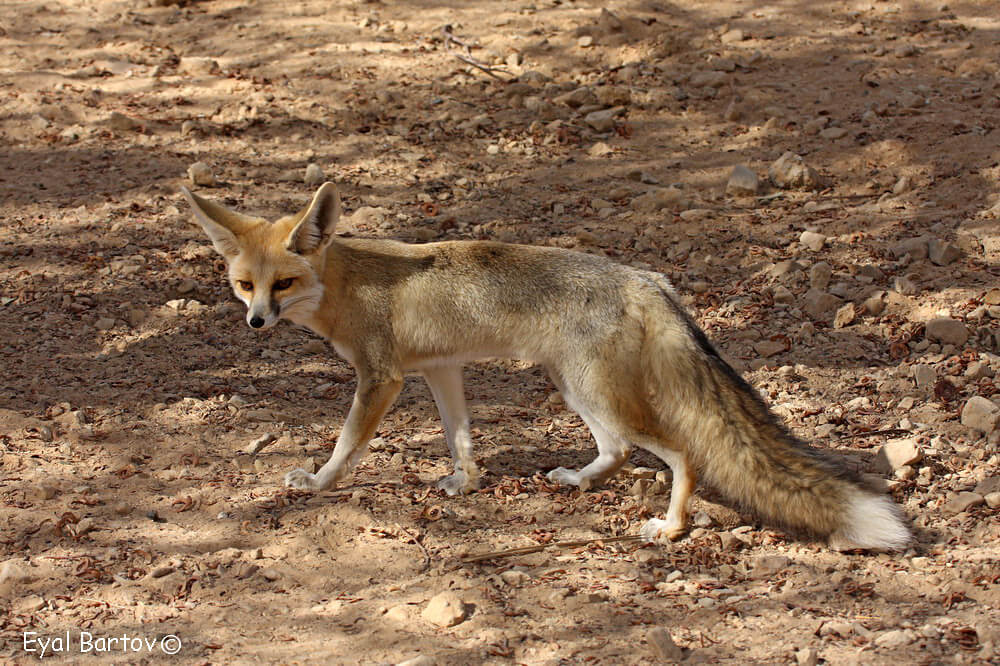
Rüppell’s fox, Vulpes rueppelli, is a unique canid species found in arid regions of North Africa and the Middle East. These foxes are known for their sandy-colored fur and large ears. They have adapted to desert life and are excellent diggers, often using burrows to escape extreme temperatures. Rüppell’s foxes are primarily nocturnal and feed on a variety of prey, including small mammals, insects, and plants. Their ability to thrive in harsh desert environments showcases the adaptability of canid species.
Fisher (Pekania pennanti):
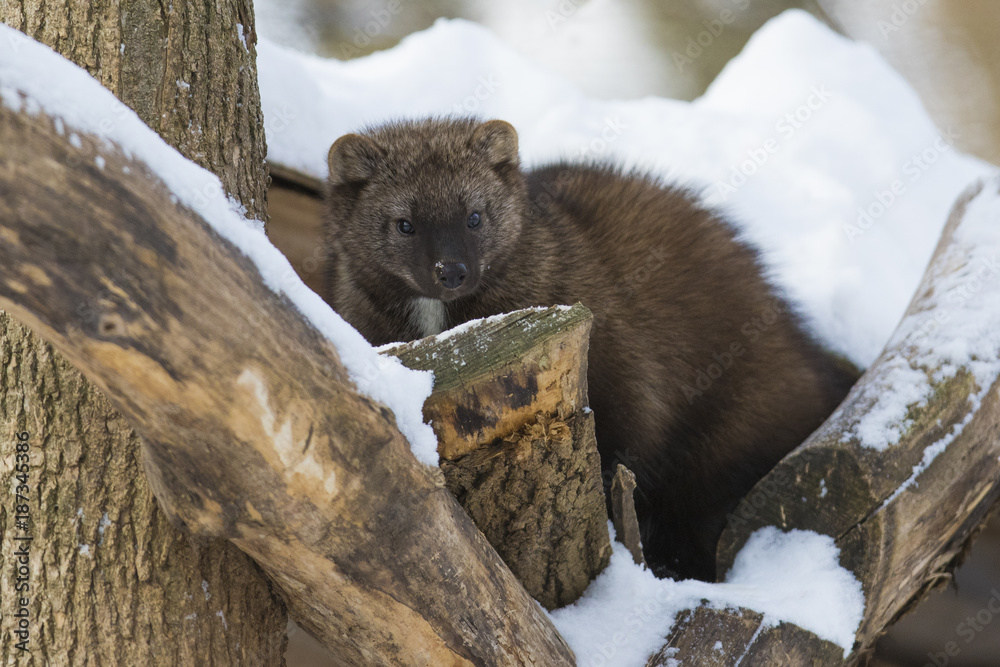
The fisher, scientifically known as Pekania pennanti, is a carnivorous mammal found in North America, primarily in the northern forests. These creatures are members of the weasel family and have a long, slender body with dark brown fur. Fishers are agile climbers and excellent hunters, preying on small mammals, birds, and even porcupines. Despite their name, they are not known for fishing but rather for their efficient hunting skills. Fishers are solitary animals and play a crucial role in controlling rodent populations in their habitat.
Tayra (Eira barbara):
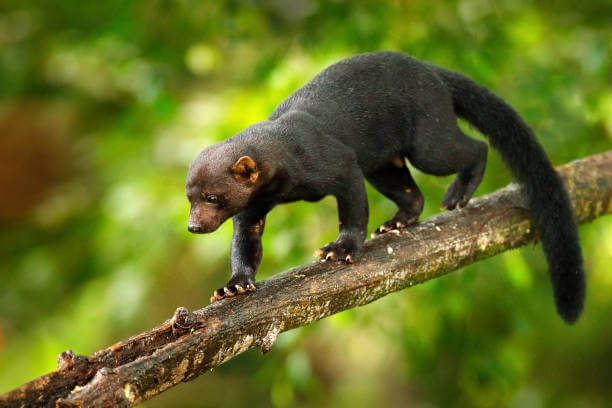
The tayra, or Eira barbara, is a fascinating member of the mustelid family found in Central and South America. Tayras have a sleek, dark brown coat and a long, bushy tail. They are highly arboreal, spending much of their time in trees and using their strong limbs and prehensile tail for maneuvering in the forest canopy. Tayras are omnivorous, feeding on a variety of foods, including fruit, small mammals, birds, and insects. They are known for their inquisitive and agile nature, making them skilled climbers and hunters.
Ring-Tailed Cat (Bassariscus astutus):
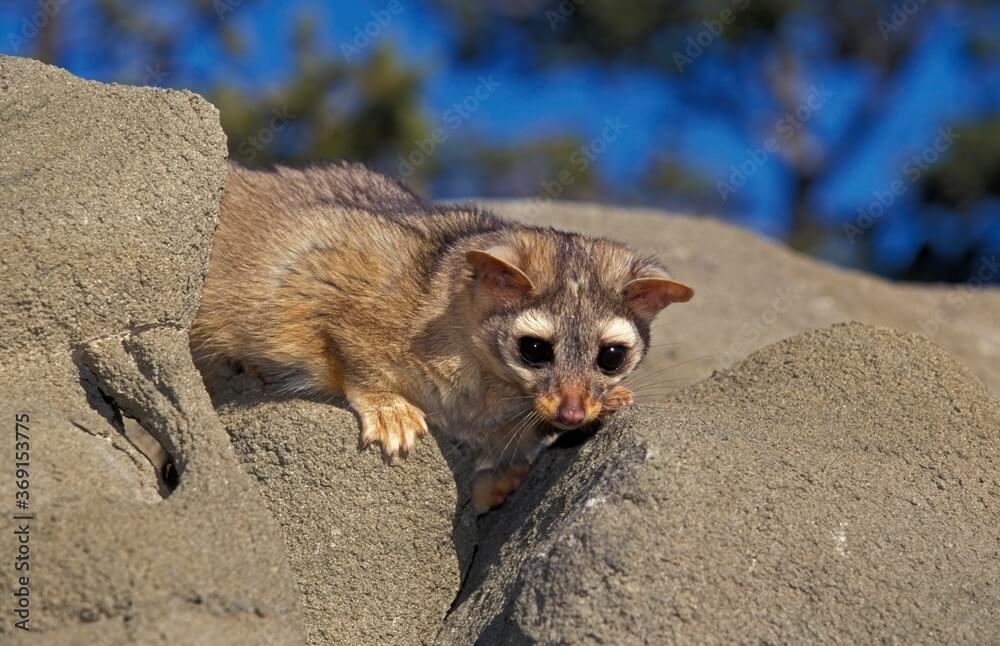
The ring-tailed cat, scientifically known as Bassariscus astutus, is a unique small carnivore found in the southwestern United States and Mexico. Despite its name, it is not a true cat but a member of the raccoon family. Ring-tailed cats are known for their striking appearance, including a long, ringed tail and a fox-like face. They are primarily nocturnal and arboreal, often dwelling in rock crevices and trees. Ring-tailed cats are omnivores, feeding on a diet of insects, small mammals, fruits, and vegetation. They have a solitary lifestyle and are known for their agility and climbing skills, making them intriguing creatures of the southwestern deserts and woodlands.
Aye-Aye (Daubentonia madagascariensis):
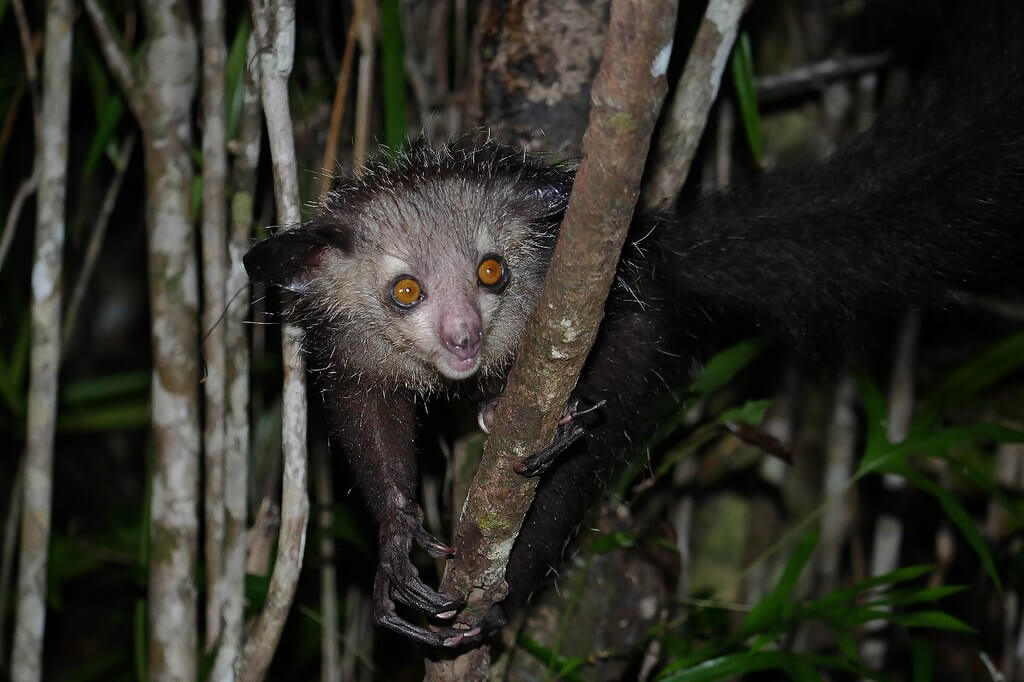
The aye-aye is a truly unique and enigmatic primate found only on the island of Madagascar. This bizarre-looking creature is the world’s largest nocturnal primate, with a long, bony middle finger that it uses to tap on trees to locate grubs beneath the bark. The aye-aye’s appearance is unusual, with large, round eyes, bushy fur, and elongated fingers. Its distinctive appearance and nocturnal habits have led to superstitions among some local communities in Madagascar, who consider it an omen of bad luck. Unfortunately, these superstitions and habitat loss have put the aye-aye on the endangered species list. Conservation efforts are in place to protect this fascinating and elusive primate.
Platypus (Ornithorhynchus anatinus):
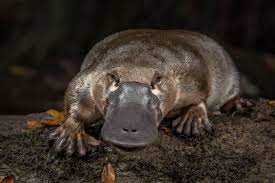
The platypus is a truly unique and perplexing mammal native to eastern Australia, particularly in freshwater habitats. What makes the platypus so extraordinary is its combination of features typically found in different animal groups. It has a bill resembling that of a duck, webbed feet for swimming, and lays eggs, which is a characteristic of reptiles and monotremes (egg-laying mammals). Platypuses are excellent swimmers and primarily feed on aquatic invertebrates, using electroreceptors in their bill to detect prey. Despite their peculiar traits, platypuses are one of the world’s most iconic and beloved animals, symbolizing the incredible diversity of life on Earth.
Okapi (Okapia johnstoni):
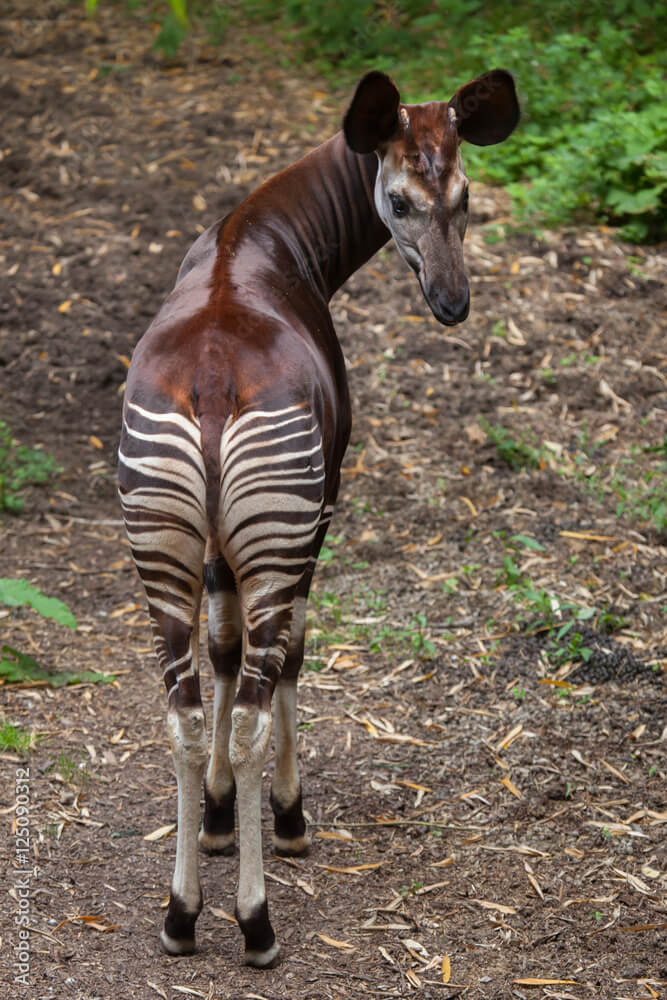
The okapi is a mysterious and elusive forest-dwelling mammal native to the dense rainforests of the Democratic Republic of Congo in Central Africa. Often referred to as the “forest giraffe” due to its resemblance to giraffes, the okapi has a similar body shape, but its striking feature is its zebra-like black-and-white striped legs. However, unlike giraffes, they are much smaller in size. Okapis are known for their secretive nature, rarely seen in the wild due to their solitary and elusive behavior. They primarily feed on leaves, fruits, and other vegetation in the dense undergrowth of the rainforest. Conservation efforts are vital for the protection of this unique and endangered species, as habitat loss and hunting pose significant threats to their survival.
Solenodon (Solenodon paradoxus):
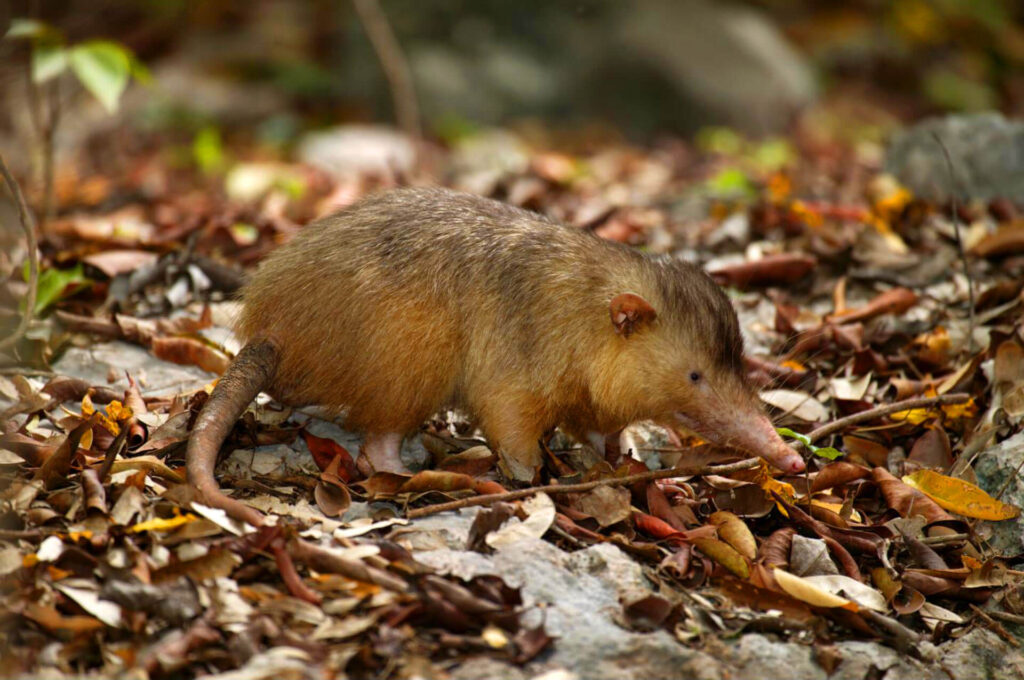
The solenodon is a rare and enigmatic mammal found in the Caribbean, primarily on the islands of Hispaniola (Haiti and the Dominican Republic) and Cuba. This nocturnal creature is known for its primitive features, such as a venomous bite and a prehensile snout. The venom is delivered through grooves in its lower incisors, making it one of the few mammals with a venomous bite. Solenodons are insectivorous, primarily feeding on insects and small invertebrates. They are considered “living fossils” because their lineage dates back to the time of dinosaurs. Unfortunately, solenodons are critically endangered due to habitat loss, introduced predators, and habitat degradation, making conservation efforts crucial to their survival.
Star-Nosed Mole (Condylura cristata):
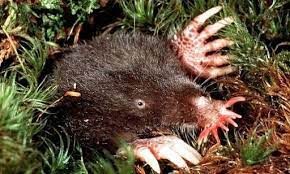
The star-nosed mole is a small, subterranean mammal native to North America, particularly in the northeastern United States and eastern Canada. What sets this mole apart is its distinctive, star-shaped nose, adorned with 22 fleshy appendages covered in tiny, sensitive touch receptors. These appendages help the mole navigate its underground tunnels and detect prey, which primarily consists of insects, worms, and small invertebrates. Star-nosed moles are incredibly efficient at foraging, capable of locating and consuming prey in a matter of milliseconds. They are adapted to a subterranean lifestyle, with specialized adaptations for digging and tunneling. The star-nosed mole is a testament to the diversity of adaptations found in the natural world, allowing it to thrive in its unique ecological niche.
Must Read:-
- Are Wolves the Ultimate Meat Lovers?
- What do bears eat in the wild?
- Brown Recluse vs. Wolf Spider: Which One is More Dangerous?
- Types Of BlueBirds
- What do lions eat?
Conclusion
In conclusion, wild dogs are a fascinating and diverse group of canids that inhabit ecosystems around the world. From the African wild dog’s cooperative hunting to the elusive nature of the maned wolf, each species brings its unique traits to their respective habitats.
As they face various challenges, including habitat loss and human encroachment, conservation efforts become increasingly vital to ensure the survival of these remarkable creatures. Wild dogs remind us of the incredible biodiversity of our planet and the importance of preserving their natural environments for future generations to appreciate and learn from.

